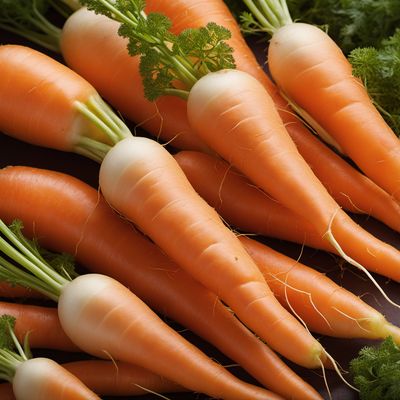
Ingredient
Baby carrots
Petite Crunchy Delights
Baby carrots are not a distinct variety of carrots but rather young carrots that are harvested early in their growth. They were first introduced in the 1980s as a convenient and bite-sized alternative to traditional carrots. Baby carrots have a vibrant orange color and a smooth, tender skin. They are known for their sweet and crisp texture, which makes them enjoyable to eat raw or cooked.
Origins and history
Carrots have a long history of cultivation, dating back thousands of years. The modern concept of baby carrots, however, emerged in the 1980s when a California farmer named Mike Yurosek developed a method to transform misshapen or imperfect carrots into small, uniform pieces. This innovation revolutionized the carrot industry and made baby carrots a popular snack and ingredient.
Nutritional information
Baby carrots are low in calories and a good source of dietary fiber, vitamin A, and potassium. They also contain antioxidants and other beneficial compounds that contribute to overall health and well-being.
Allergens
Baby carrots are not commonly associated with allergens. However, individuals with carrot allergies may experience allergic reactions to baby carrots as well.
How to select
When selecting baby carrots, look for firm and smooth carrots with a vibrant orange color. Avoid carrots that are soft, wilted, or have any signs of mold or decay. The tops of the carrots should be fresh and green, indicating their freshness. If purchasing pre-packaged baby carrots, check the expiration date to ensure they are still within their shelf life.
Storage recommendations
To maintain the freshness and crispness of baby carrots, remove the tops before storing them in the refrigerator. Place them in a perforated plastic bag or airtight container to prevent moisture loss. Baby carrots can be stored for up to two weeks, but they are best consumed within a few days of purchase for optimal flavor and texture.
How to produce
Growing baby carrots requires a suitable garden plot or containers with well-draining soil. Sow carrot seeds in early spring or late summer, ensuring they are spaced adequately to allow room for growth. Regularly water the plants and protect them from pests. Harvest the carrots when they reach the desired size, typically around 2 to 4 inches in length.
Preparation tips
Baby carrots can be enjoyed raw as a healthy snack or added to salads for a sweet and crunchy element. They can also be steamed, roasted, or sautéed as a side dish or incorporated into various recipes. Baby carrots pair well with a range of flavors, including honey, ginger, dill, or citrus. They can be used in soups, stews, stir-fries, or even baked goods for added sweetness and moisture.
Substitutions
Regular carrots can be used as a substitute for baby carrots, although they may require peeling and cutting into smaller pieces. Other suitable substitutes include parsnips or jicama, which offer a similar crunchy texture and mild sweetness.
Culinary uses
Baby carrots are commonly used as a healthy snack, served with dips or hummus. They are also a popular addition to salads, vegetable platters, or as a garnish for various dishes. In cooking, baby carrots can be used in stir-fries, roasted with herbs and spices, or added to soups and stews for added flavor and texture.
Availability
Baby carrots are widely available in grocery stores, supermarkets, and farmers markets. They are cultivated in many regions around the world and are commonly consumed in various cuisines.
More ingredients from this category
Recipes using Baby carrots » Browse all

Areeka Stew with Sudanese Flavors
Savory Sudanese Areeka Stew: A Burst of Authentic Flavors
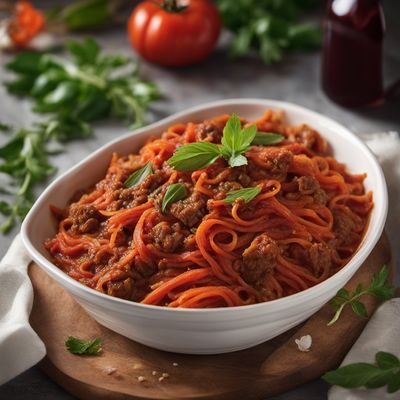
Ragù alla Pugliese
Hearty Puglian Meat Sauce: A Taste of Southern Italy

St. Kitts and Nevis Style Chicken and Dumplings
Caribbean Comfort: St. Kitts and Nevis Chicken and Dumplings
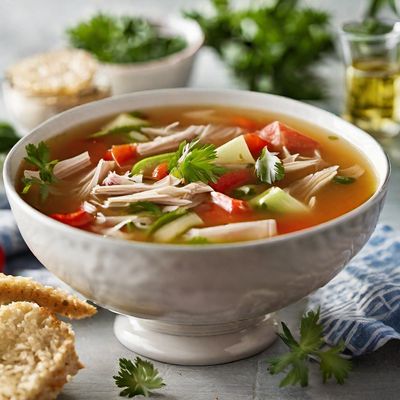
Mexican Chicken Soup
Sopa de Pollo Mexicana: A Hearty and Flavorful Chicken Soup

Caldereta de Chivo with a Twist
Savory Spanish Goat Stew: A Flavorful Delight
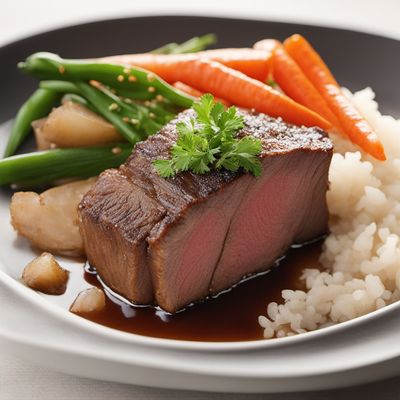
Nagoya-style Sunday Roast
Umami-infused Nagoya-style Sunday Roast: A Fusion of British Tradition and Japanese Flavors
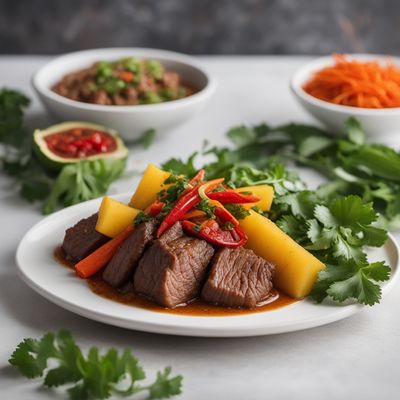
Polynesian Gulyás
Tropical Fusion Gulyás: A Polynesian Twist on a Hungarian Classic
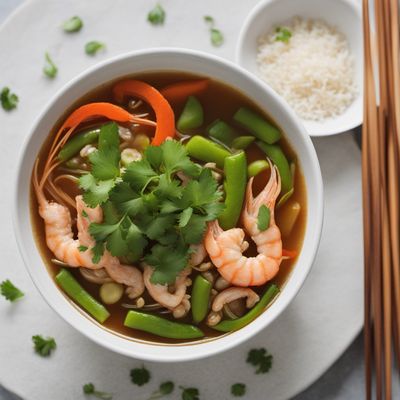
Chinese American Style Ebbeh Soup
Savory Shrimp and Vegetable Soup with a Chinese American Twist
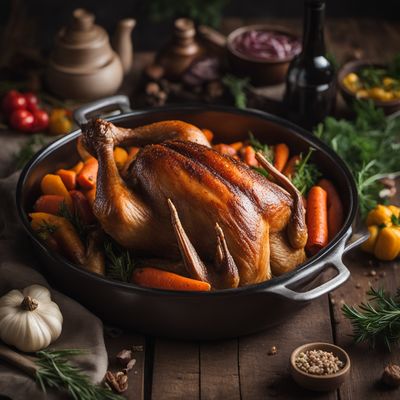
Guska na Turopoljski Način (Turopolje-style Goose)
Savory Turopolje Goose Delight
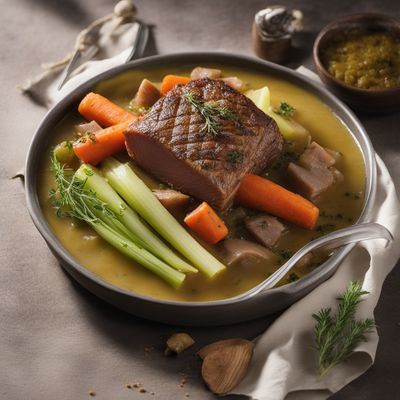
Tripes à la Mode de Caen
Savory Delight: French Tripes à la Mode de Caen

Beef Chow Fun with Chinese Flavors
Savory Beef Chow Fun: A Chinese Delight
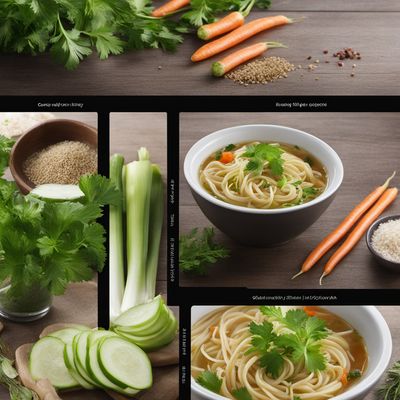
German Noodle Soup
Hearty Noodle Delight: A Taste of German Comfort

